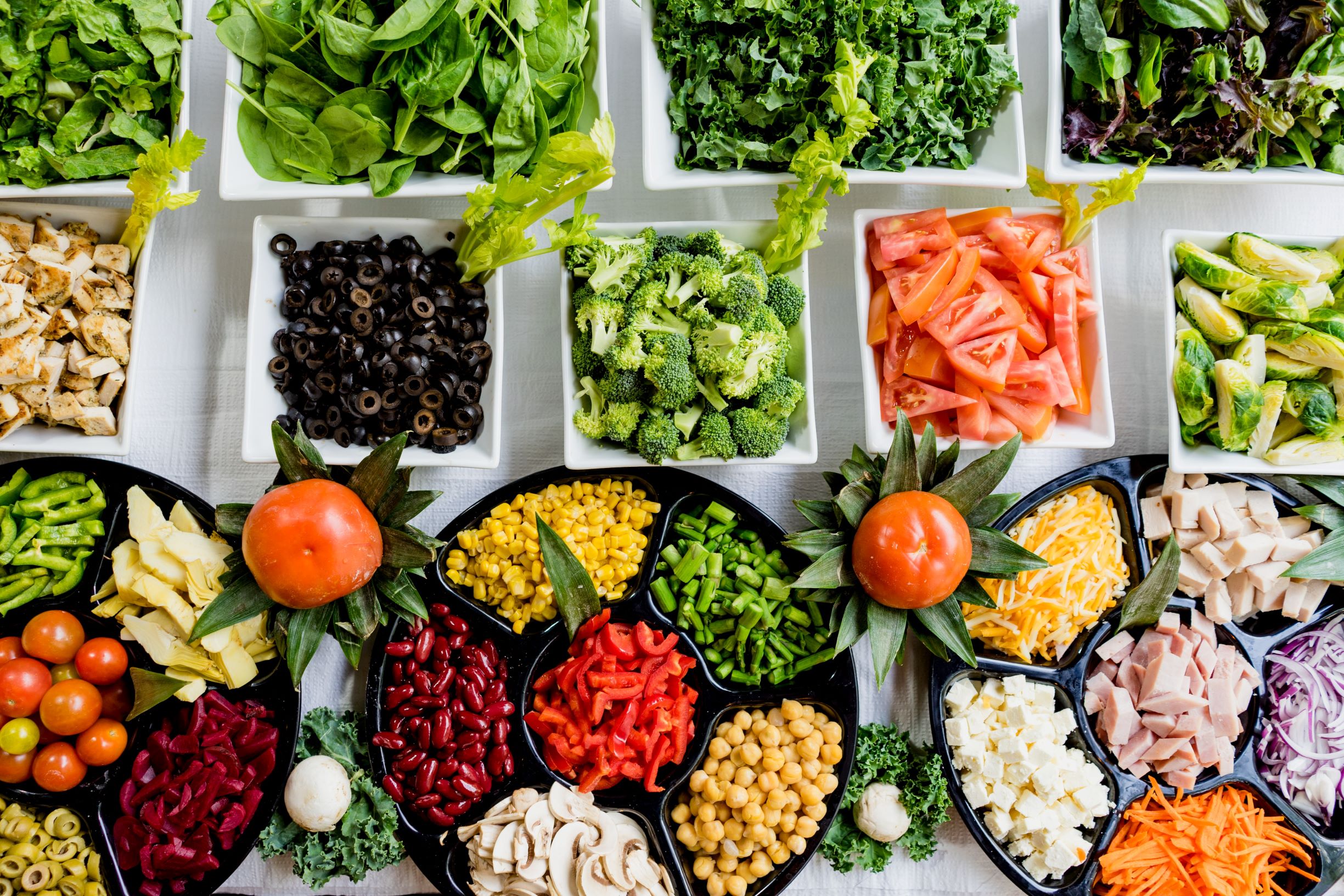Healthy food trends change all the time. There’s always some new science that shows the newly discovered health benefit for a particular food or some new innovation that makes it easier to access a specific type of healthier food. Social trends also contribute to the development of these health trends. The increased focus on mental health, sustainability, and convenience has definitely had an impact on the kinds of foods people gravitate towards these days.
Plant-based diets
Plant-based diets are enjoyed by people from both ends of the vegan/meat-eater spectrum. These diets have been around for a long while, but their popularity continues to stand to this day. Sometimes a plant-based diet might not even be vegan or vegetarian; it may contain meat in it. However, the majority of the food portions will favour plants in the form of fruits and vegetables.
Fruits and vegetables are great sources of vitamins and antioxidants, nutrients that are important in reducing your risk for heart disease. Additionally, plants are excellent sources of fibre due to their starch and cellulose. These contribute to overall digestive health.
The rise of plant-based diets correlate with the rise of vegetarianism and veganism. A large part of these communities revolve around sustainability which is what drives people towards plant-based diets. It is argued that eating fewer animal products will reduce our carbon footprint. This makes an eat-less-meat diet a good middle ground for those unwilling to completely reject animal-derived foods.
Microgreens
Speaking of plants, microgreens are becoming more popular. These vegetables are essentially the “baby” counterparts to vegetables like carrots or broccoli. They aren’t exactly a new development, but consumer appetite for them is rising.
These diminutive vegetables can be seen as condensed versions of their mature counterparts, including more nutrients in a smaller package. This is because they are picked early in the plant’s growth, retaining a lot of the nutrients the plant uses to grow. Therefore, these little bundles of nutrients are quick to grow and can come in an assortment of packages, often standing as their own meal.
These superfoods can be eaten as a snack and on-the-go making it a potent source of nutrition (and a convenient one at that!).
Convenient foods
Convenience has been spurring all sorts of innovations. When most things are as easy as swiping right or left on a screen, why can’t other things in life be just as simple? Businesses have noted this and have catered to the large audience of healthy food consumers who want more convenience.
While cooking at home can be an enjoyable experience, oftentimes the rush of daily life leaves no time to carefully prepare a healthy meal. The growing trend of meal kits and health-food boxes caters to this need for healthy food in a convenient package. Some have even branded their health foods as “grab-and-go” snacks. When many dieticians urge adding vegetables to your meals, these convenient health snacks work as an easy side dish.
Furthermore, food businesses catering to this niche have gone even further in the direction of convenience by having delivery services tied to their products. Busy individuals can eat healthy without expending time-consuming energy on preparation or collection.
Improving gut health
The microbiome is a term that describes all the bacteria living in your body, primarily in your gut. These bacteria contribute to your overall health, both mental and physical. These bacteria feed on the foods your body doesn’t digest and give back to you by preventing harmful bacteria from taking up residence, providing nutrients, and lower your risk for depression.
You can obtain more of these bacteria in the form of probiotics. Natural probiotics include soft cheeses, yoghurt, and kombucha among other fermented foods. This is because those bacteria are important for the fermentation process.
Restaurants that want to cater to healthy eaters are sometimes opting to add probiotics to their foods or market their prebiotic content. Ultimately, eating well results in improved gut health. It just so happens that eating well generally results in a functioning microbiome. High fibre foods often count as prebiotics, feeding your microbiome and assisting digestive function.
In summary
All of these trends overlap at some points. What is clear from these trends is that plant foods are going to be in much more demand as both health- and environmentally-conscious consumers grow in number.











